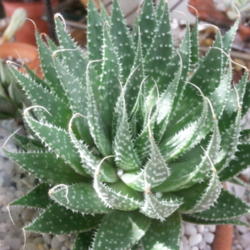Char said:
Sadly much of the attention to the Best intro's is due to the nasty attitude & bullying being inserted into any conversation about cristate forms and the constant barrage of misinformation posted to the internet over the past 10 years.
Davi said:
I found Chris' posts very informative and agree that sometime in the future the definition of "cristate" may need a bit of tweaking as forms continue to change..... It's sad, to me, that Mr. Best's forms cannot be found in simple searches. I was curious on how they were registered and saw that he was describing his "beards" as "appendages" in his registrations. That's an interesting term that I haven't considered before! Appendages might cover those random teeth that appear in the middle of petals some day, too!
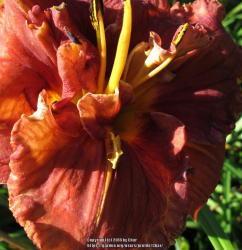
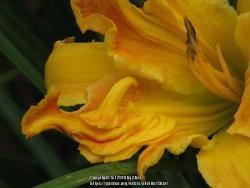
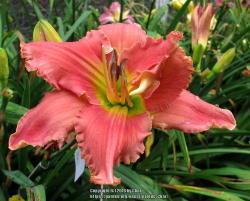
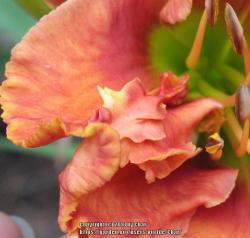
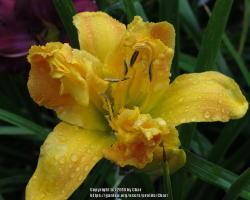
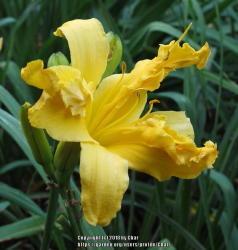

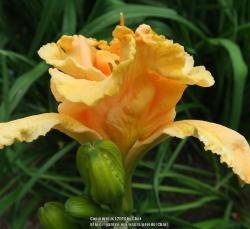
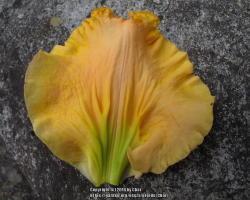
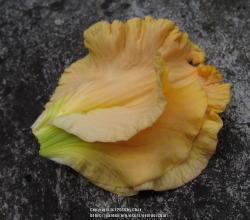
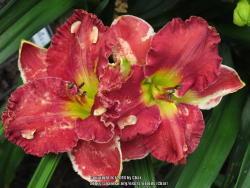
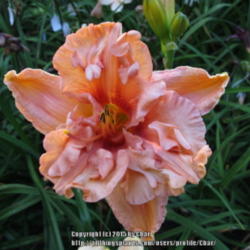

Char said:That was a bit rude to the many hybridizers of northern hardy Tet cristate cultivars....just trying to help you and others who may be reading this thread search for dormant and/or hardy cristate forms.
Yes, I agree Tet cristates need work, so do lots of things, but the dormancy, northern hardiness from northern hybridizers and color other than gold/melon/polychrome is there to start with... which are things you said you weren't aware of. Starched Petticoats will be a great addition to work in with all the other previously registered cristate cultivars and sdlgs. Another thing to keep in mind is that hybridizing in the north is a longer process than the south and northern hybridizers are working their sdlgs 4, 5 or more years ahead of what you might currently see registered. There are many good things to come!
Sadly much of the attention to the Best intro's is due to the nasty attitude & bullying being inserted into any conversation about cristate forms and the constant barrage of misinformation posted to the internet over the past 10 years.The dips are not without problems. Almost all the Best intro's are pollen sterile. Plant habit of the Best plants need work as well, the ones I have are small weak growers even though he claims they have been through tough northern conditions and they are not recommended for growing in the south. Southern cristate dips can be tender in the north and some of these also have the sterile pollen issues. Although there are other hybridizers besides Mr. Best making great progress with the dips, Mike Derrows program is very impressive... dips need work too.
The cristate forms are starting to gain interest now that they are an accepted Form of daylily. Hybridizing Sculpted cristate forms really is not much different then hybridizing any other form of daylily...we are all trying to improve the form with the plants we currently have available.
Cpschult said:
It appears a lot of bearded/cristate plants are pollen sterile. Mike Derrow is having similar issues.
I'd love to hear if anyone else is noticing that trend with their hybrization trials with bearded/cristate genetics.
bluegrassmom said:Hello from KY, sorry I am late to the show but was pleased to find this new thread. I have a lot going on but who doesn't lol. I added Texas Feathered Fancy last Fall and it did make it thru this past crazy winter. It has not bloomed yet but I am hoping it will send you a scape soon. I love the look of the extras in the throat. I collect iris of all kinds and love unique plants.
Please post pics of your seedlings that are being developed. I am a dabber but nothing to show on this field (yet).
Davi said:Chris
My tiny program has not experienced any pod or pollen infertility....but rather lacks focus on my part as my hybridizing for unusual forms gets the majority of my attention and has been more productive. I still set a few seeds every year on my cristate introductions as well as seedlings. AFTER THE RIOT is an easy pod setter and pollen is also good so it is an excellent parent if you are working with tets.
The pollen infertility that plagued the early dips was likely caused by a high degree of inbreeding that is necessary whenever you see anything "new" in form and there is nothing out there coming from different lines for outcrossing that can help with the fertility issues. I'm sure Maurice is better at explaining that. I was just lucky that Curt bloomed SIGOURNEY at about the same time that I had LITTLE BIG EARS appear in my garden so that we could do a trade. Crossing the two together helped produce fertile offspring.
admmad said:
'Bee's Bettie Sue' is 'Joan Senior' x 'Barbara Mitchell' and is I believe pollen sterile.
'Michael's Sword' is 'Bee's Bettie Sue' x 'Lavender Blue Baby' and I believe is also pollen sterile.
Speculation:
That suggests that either the pollen sterility is "dominant" or that if it is "recessive" 'Lavender Blue Baby' also has the same mutation and may well be related (even if distantly) to either or both of 'Barbara Mitchell' or 'Joan Senior'.
There clearly has been inbreeding in the diploid Bee's Bettie Sue line. Inbreeding causes its own general decrease in fertility and increase in sterility but it also creates the opportunity for recessive genetic sterility to appear.
Inbreeding is probably being used by some to try to create more stability to the characteristic.
sooby said:was curious on how they were registered and saw that he was describing his "beards" as "appendages" in his registrations. That's an interesting term that I haven't considered before!
That rather makes one wonder what the objection is, then, to calling them cristate, which means (in botany) "bearing any elevated appendage on its surface"! (e.g. reference - Introduction to Structural and Systematic Botany, and Vegetable Physiology by Asa Gray, 1860).


DavidR said:
As a hybridizer, the main objection is crested and bearded are not mutually exclusive. The two said forms do not just go back and forth with looks in f1,f2,etc. You can combine the two, but that doesnt mean they are the same.
DavidR said:
Some act as though the police are going to knock on their door if the say bearded. Bearded daylilies was never referenced to hairs. Bearded aloe, bearded dragon, bearded grasses are all commonly referred to dispite not having hairs.
